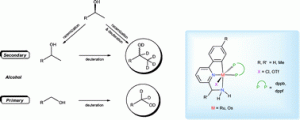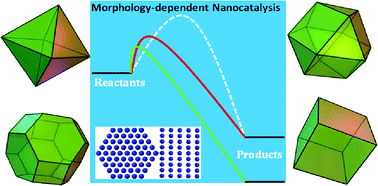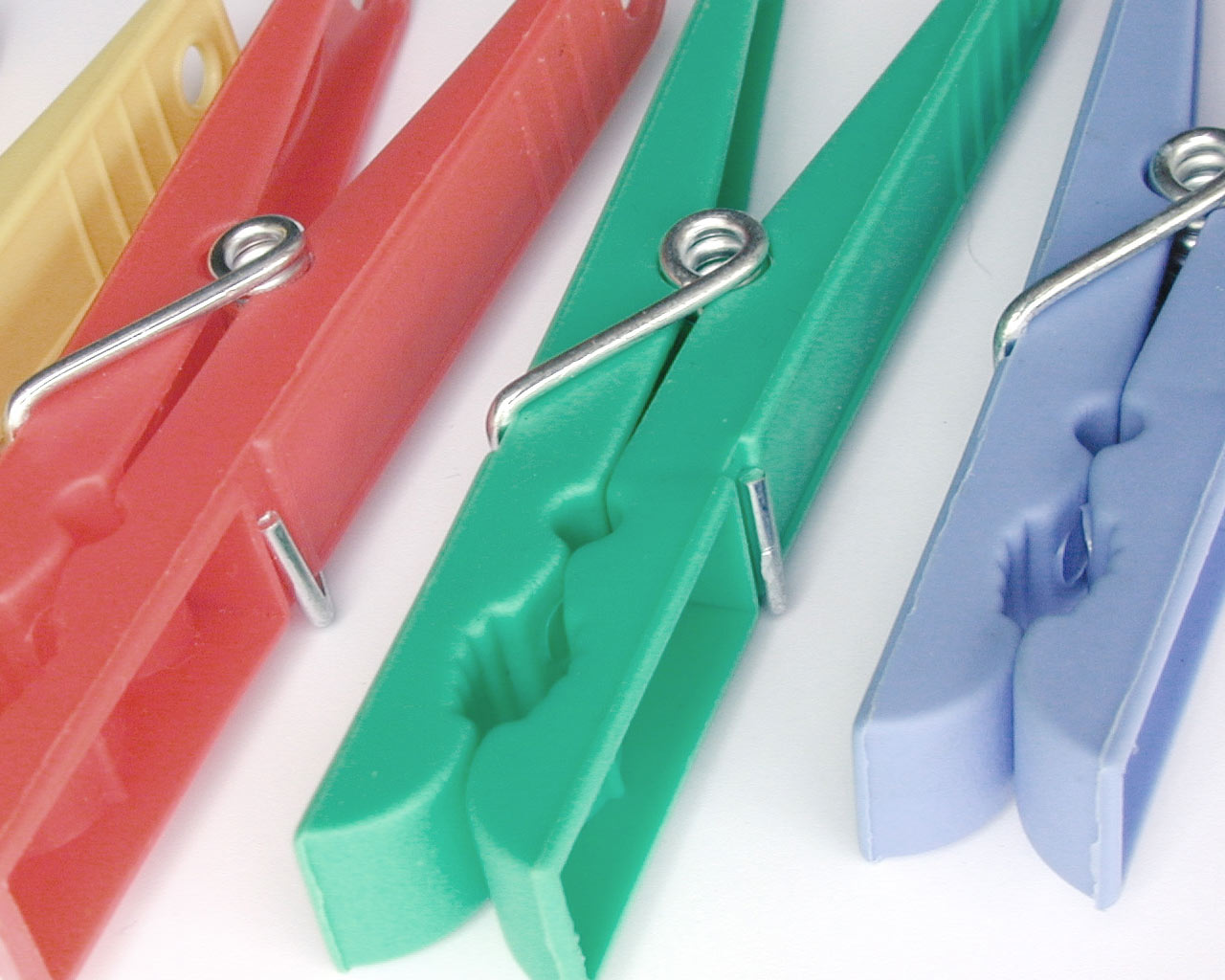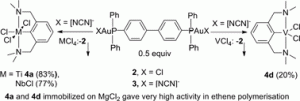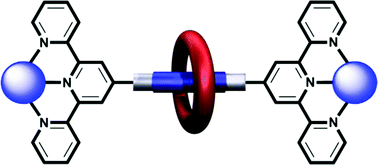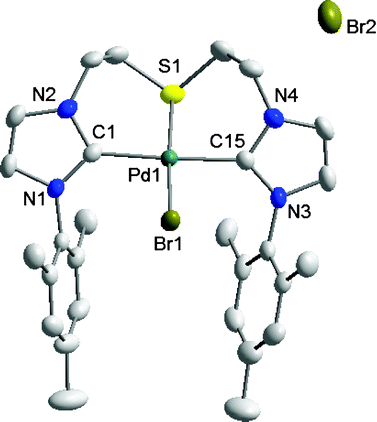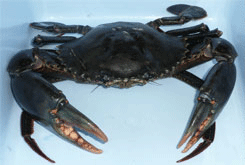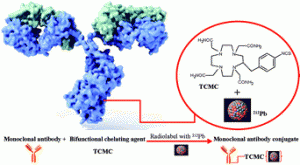 Getting the lead (Pb that is) into radiotherapeutics! In their Dalton Transactions Perspective article Martin Brechbiel and Kwon Yong tell us how lead can be used to target and kill tumour cells. They discuss recent uses and strategies for 212Pb as a potential radiotherapeutic and discusses pre-clinical trials, with an emphasis on the development of 212Pb towards clinical translation.
Getting the lead (Pb that is) into radiotherapeutics! In their Dalton Transactions Perspective article Martin Brechbiel and Kwon Yong tell us how lead can be used to target and kill tumour cells. They discuss recent uses and strategies for 212Pb as a potential radiotherapeutic and discusses pre-clinical trials, with an emphasis on the development of 212Pb towards clinical translation.
READ THE REVIEW: Towards translation of 212Pb as a clinical therapeutic; getting the lead in!
Kwon Yong and Martin W. Brechbiel
Dalton Trans., 2011, 40, 6068-6076 DOI: 10.1039/C0DT01387K
This article is part of the themed issue: Radiopharmaceuticals for imaging and therapy – investigate this issue here!












